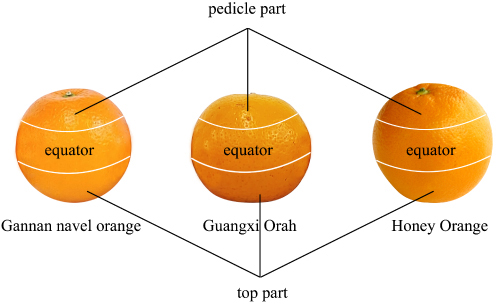
An ideal archival storage system combines longevity, accessibility, low cost, high capacity, and human readability to ensure the persistence and future readability of stored data. At Archiving 2024 [B. M. Lunt, D. Kemp, M. R. Linford, and W. Chiang, “How long is long-term? An update,” Archiving (2024)], the authors’ research group presented a paper that summarized several efforts in this area, including magnetic tapes, optical disks, hard disk drives, solid-state drives, Project Silica (a Microsoft project), DNA, and projects C-PROM, Nano Libris, and Mil Chispa (the last three being the authors’ research). Each storage option offers unique advantages in each of the desirable characteristics. This paper provides information on other efforts in this area, including the work by Cerabyte, Norsam Technologies, and Group 47 DOTS, and an update on the authors’ projects C-PROM, Nano Libris, and Mil Chispa.

An ideal archival storage system combines longevity, accessibility, low cost, high capacity, and human readability to ensure the persistence and future readability of stored data. At Archiving 2024 [B. M. Lunt, D. Kemp, M. R. Linford, and W. Chiang, “How long is long-term? An update,” Archiving (2024)], the authors’ research group presented a paper that summarized several efforts in this area, including magnetic tapes, optical disks, hard disk drives, solid-state drives, Project Silica (a Microsoft project), DNA, and projects C-PROM, Nano Libris, and Mil Chispa (the last three being the authors’ research). Each storage option offers unique advantages in each of the desirable characteristics. This paper provides information on other efforts in this area, including the work by Cerabyte, Norsam Technologies, and Group 47 DOTS, and an update on the authors’ projects C-PROM, Nano Libris, and Mil Chispa.